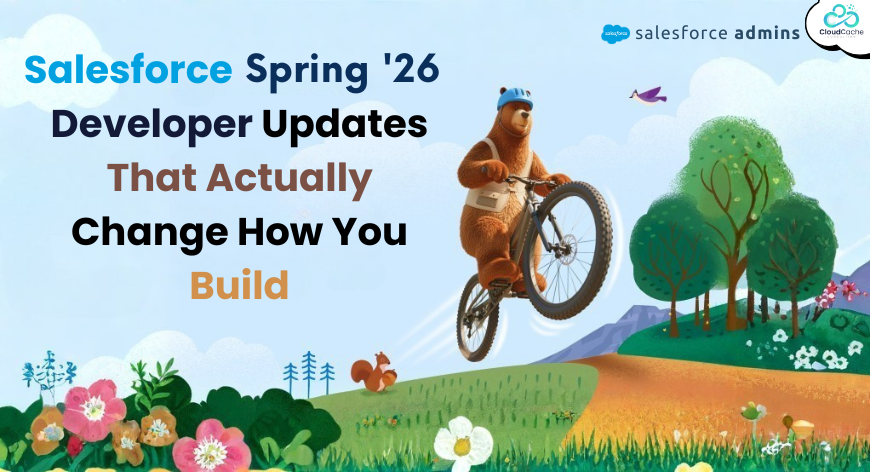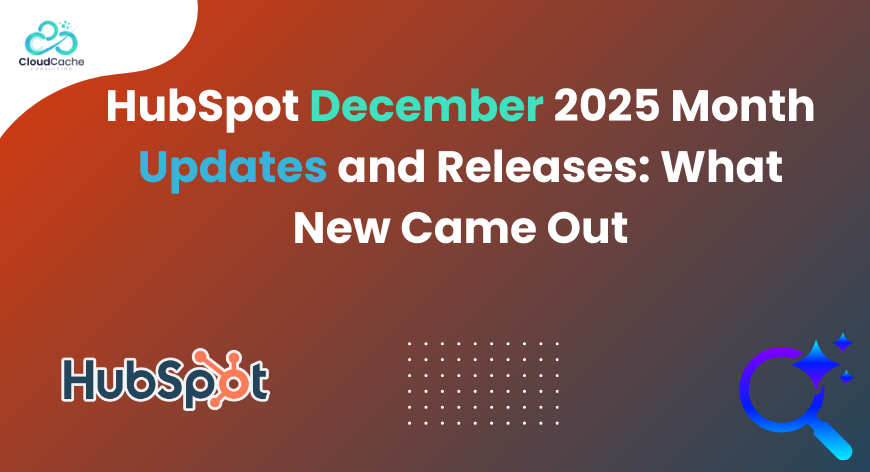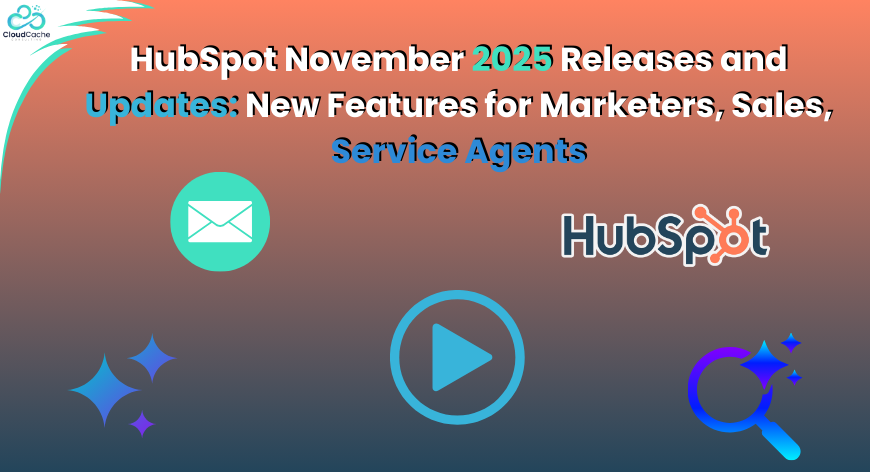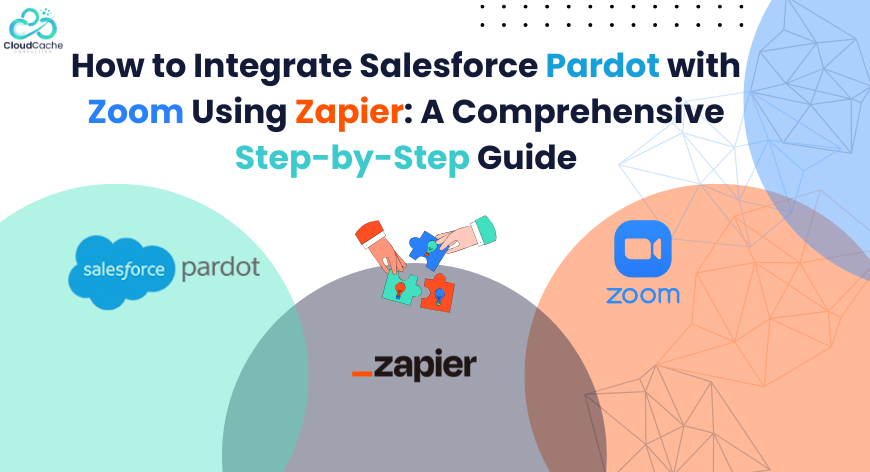
A Comprehensive Guide of Salesforce Sandbox and its Benefits
Nowadays, 88% of companies prioritize customer experience because customers now prefer customization and upgradation over generalist solutions. To keep up with this changing behaviour, companies must change their solutions periodically. Salesforce Sandbox enables this by allowing businesses to test new upgrades with their current Production Environment, which includes all the metadata of existing configurations, customizations, apps, and codes.
Salesforce Sandbox and its benefits
The Salesforce Sandbox fosters experimentation by streamlining the current action plan and minimizing risks, resulting in enhanced efficiency. One significant benefit of Salesforce Sandbox is it's dramatically facilitating research and development. Additionally, feedback from customers or users related to the current production environment can be incorporated into the Salesforce Developer Sandbox to bring about improvements and suggestions that enhance the user/customer experience.
By utilizing Salesforce Sandbox, businesses can upgrade their current system of operation, ultimately leading to an excellent reputation in customers' eyes. A survey has shown that personalized messages with the on-spot purchasing influence of CX (Customer Experience)can lead to impulsive buying by 49% of buyers.
When a business aims to include new functionality in its database, Salesforce Consultants can introduce it into the Sandbox first, allowing for testing and experimentation without risking any negative impacts on the production environment.
Salesforce Sandbox Types
Salesforce provides six types of sandboxes, classified based on their data-holding capacity. The two primary types of sandboxes are Developer Sandbox and Developer Pro Sandbox.
The Developer Pro Sandbox can hold more data than the Developer Sandbox. However, the standard Developer Sandbox is sufficient for most requirements.
Other sandbox types include the Partial Data Sandbox and Full Copy Sandbox. The Partial Data Sandbox includes database configuration and actual data sample, while the Full Copy Sandbox includes all existing data.
It's important to note that all sandboxes contain code and configuration, not necessarily the production environment data.
Here is a breakdown of the different types of Salesforce Sandboxes:
- Developer Sandbox: This does not copy records from the production environment but can store up to 200 MB of test records.
- Developer Pro Sandbox: This does not copy records from the production environment but can store up to 1 GB of test records.
- Partial Copy Sandbox: Includes a sampling of the actual data from the production environment.
- Full Sandbox: Includes all of the actual data from the production environment.
Salesforce Sandbox Implementation with CloudCache Consulting
CloudCache Consulting ensures a smooth and precise Salesforce Implementation process to create a seamless client experience. Our Salesforce Professional Resources are always for businesses and their projects; we take this responsibility seriously.
We facilitate the Salesforce Implementation project timeline to ensure a systematic and organized process. This includes determining where to begin, how the process will progress, and the required actions.
CloudCache Consulting provides full support throughout the implementation process, from basic Sandbox Developments like Sandbox templates, Sandbox systems, and a Sandbox environment to executing changes made in the Sandbox at the Production level.
Our team of Salesforce Implementation and Development experts optimizes results to align with your goals and customize solutions to your specific requirements. You can check our Upwork profile. If you are interested in Salesforce Integration Services for your business, CloudCache Consulting offers a range of services to help get you started in the right direction.











Leave a Reply
Your email address will not be published.